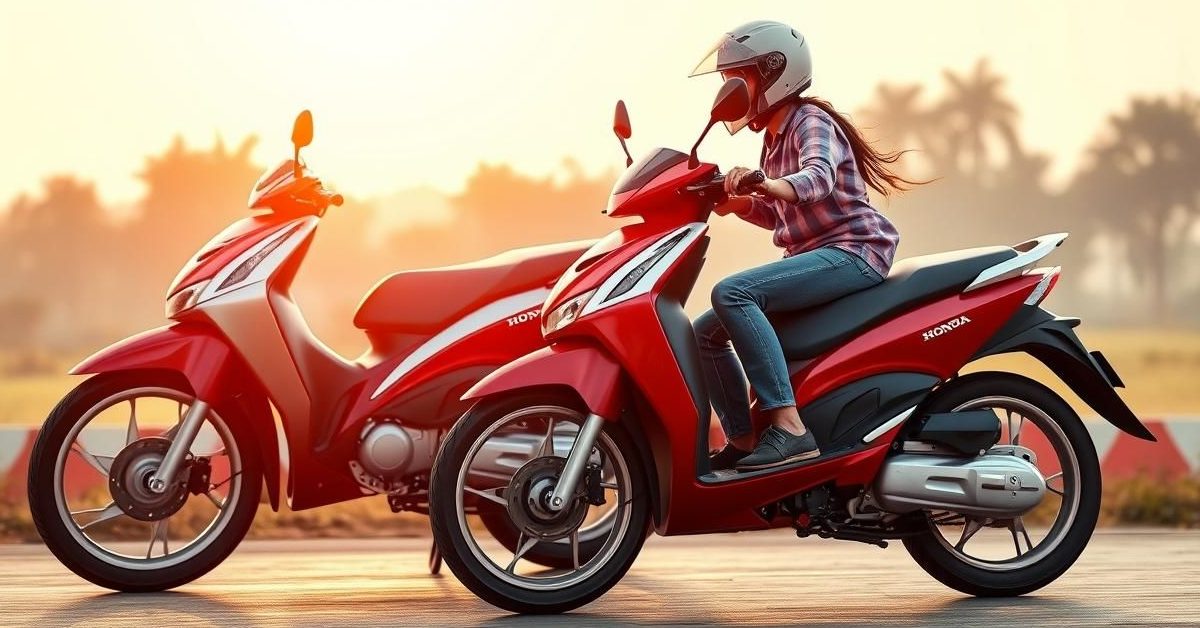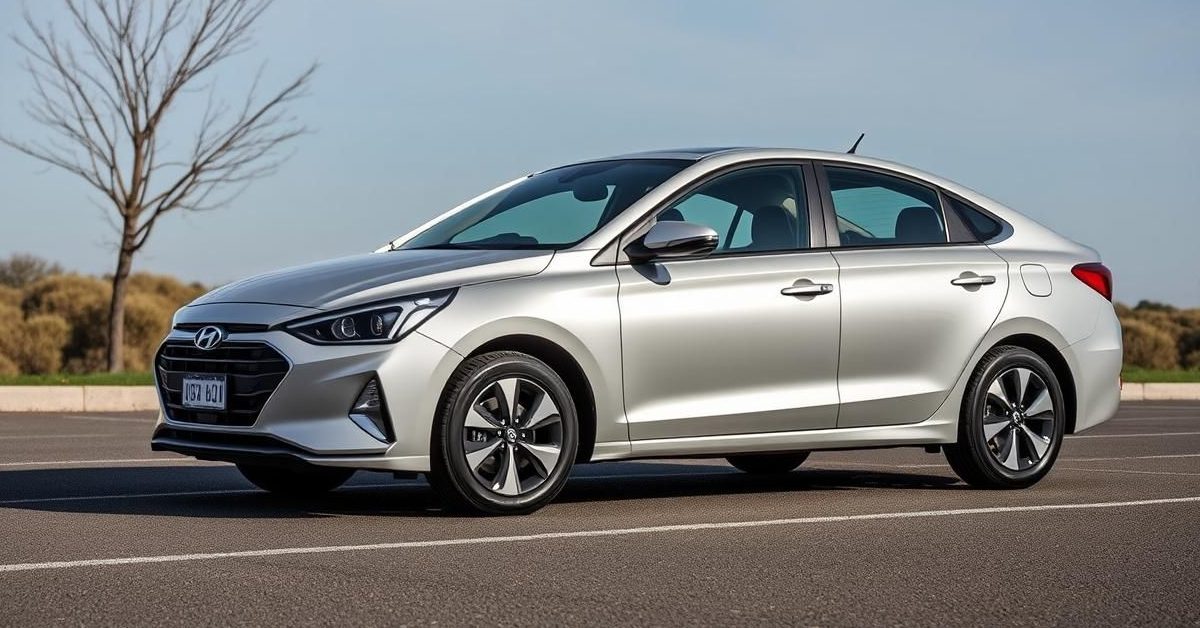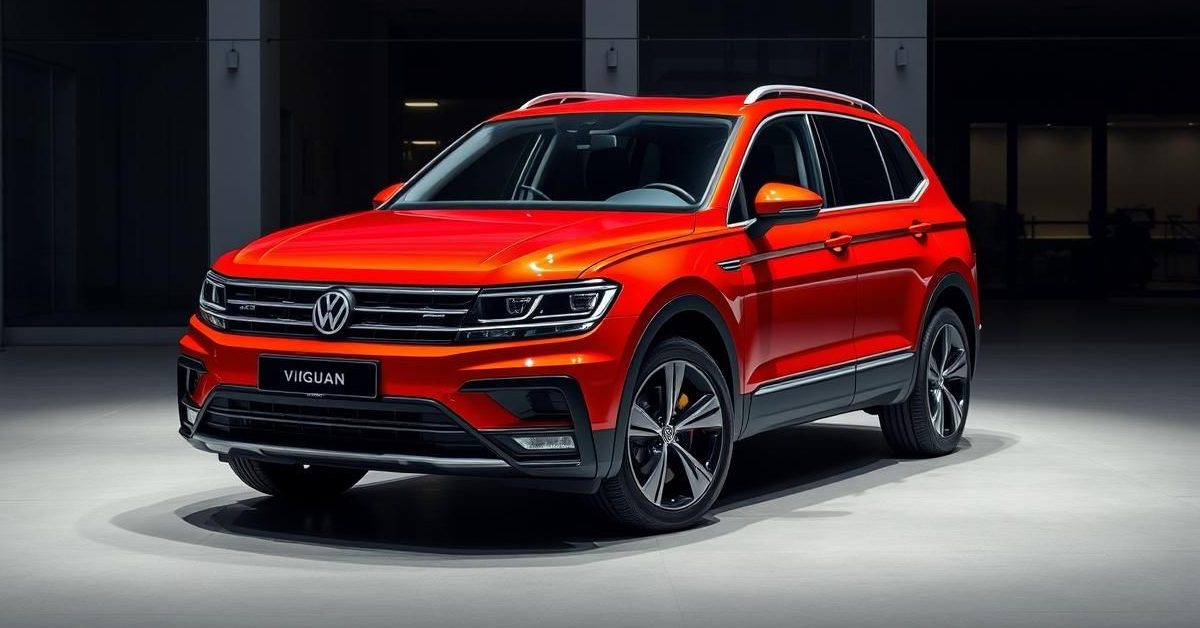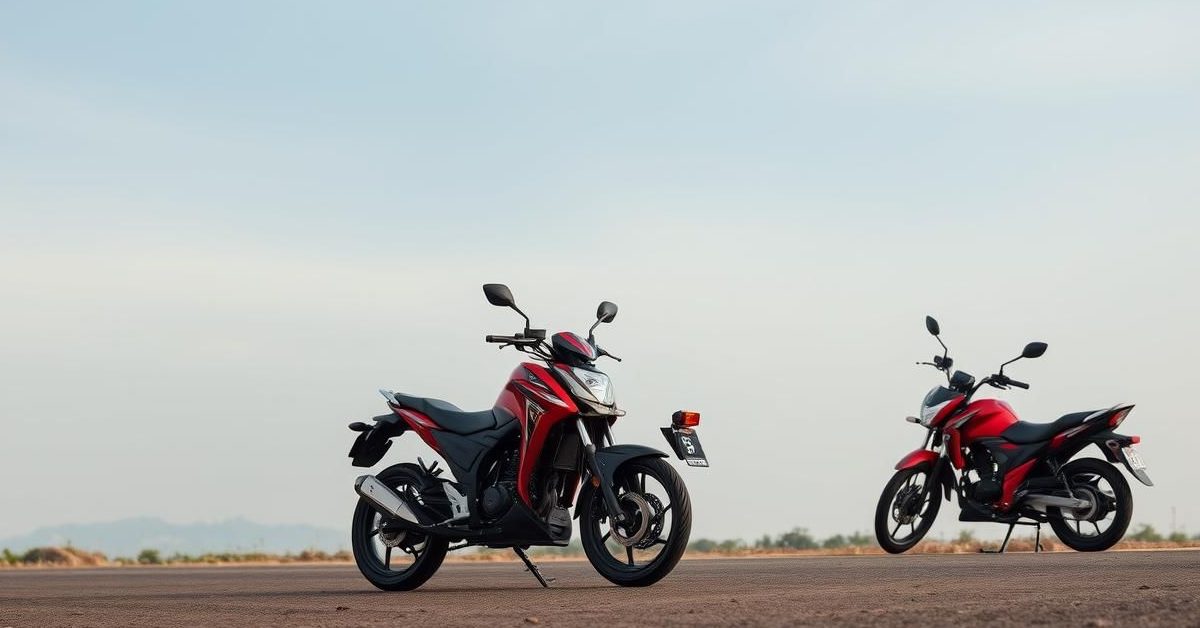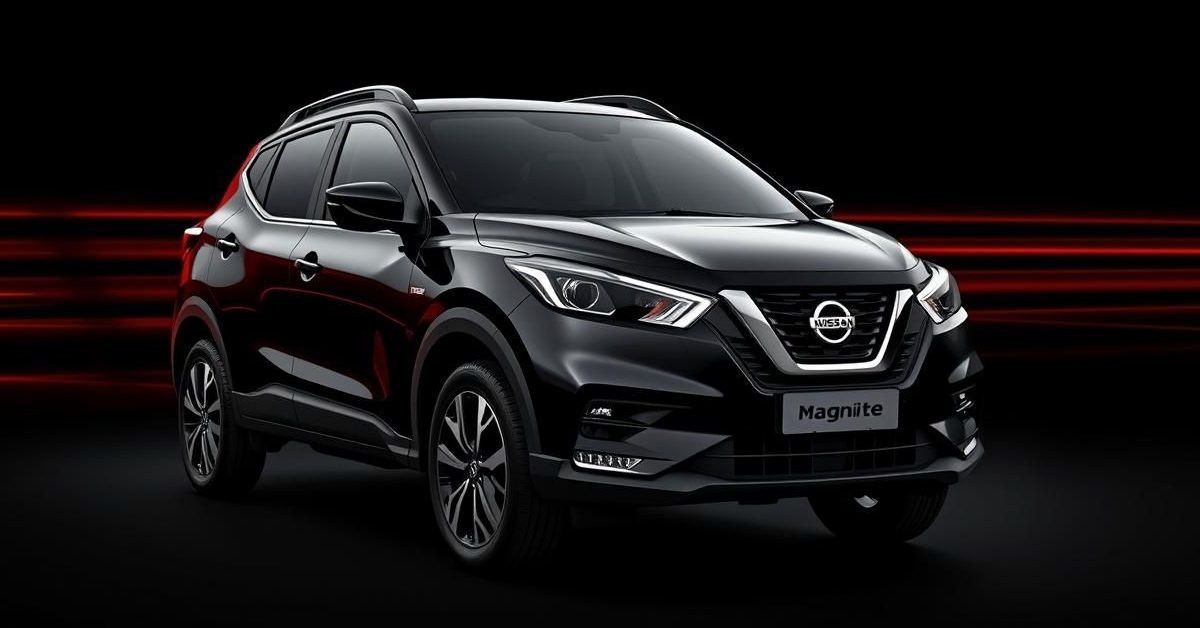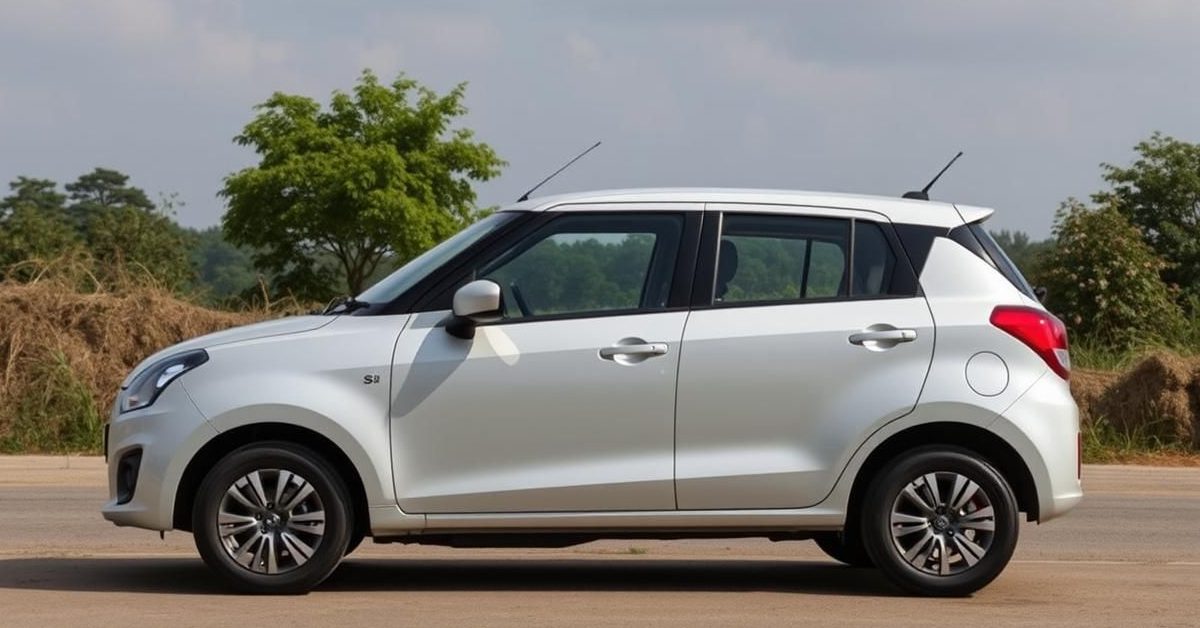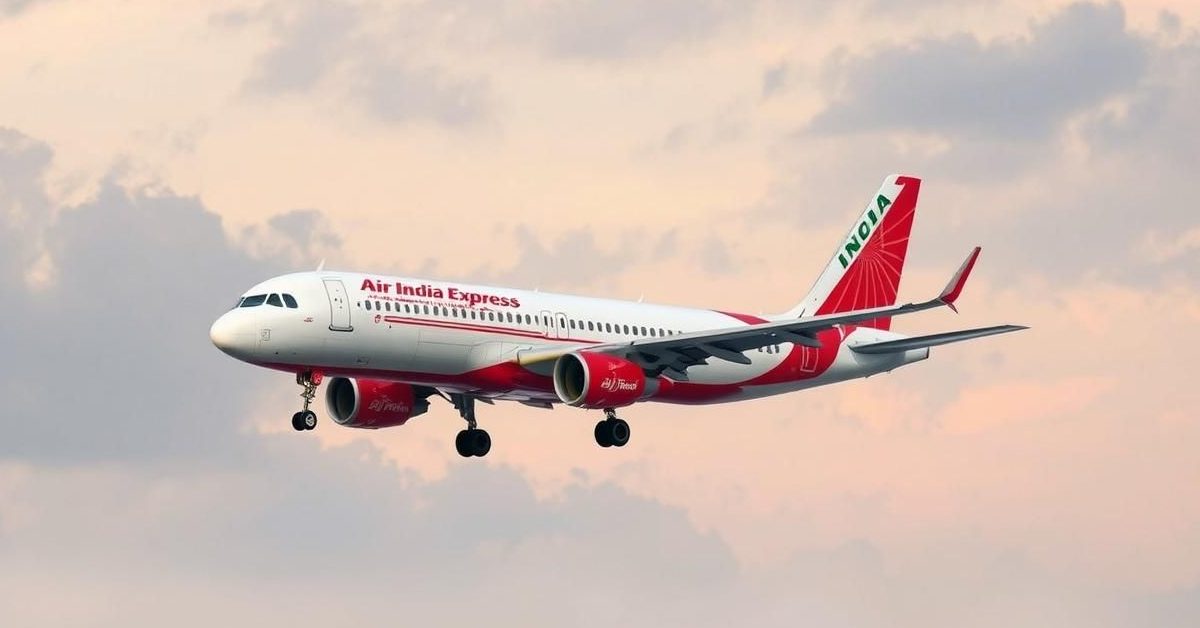Honda expects a significant surge in scooter sales across India, primarily driven by a growing number of women entering the workforce, particularly in rural and semi-urban areas.
India’s Scooter Market Set for Growth
Honda Motorcycle & Scooter India (HMSI) Director of Sales and Marketing, Yogesh Mathur, shared insights into the evolving Indian scooter market. He believes that “scooterization” still has immense potential for expansion in the country.
A key factor in this projected growth is the increasing participation of women in the workforce. Mathur highlighted that while the current number of young female riders is relatively small, there’s vast scope for growth, especially fueled by economic development in rural India and areas surrounding urban centers.
Improved Roads Pave the Way
Better road infrastructure across India is also playing a crucial role. Mathur noted that improved connectivity makes it easier to ride scooters in places where poor roads once favored motorcycles. This is particularly beneficial for connecting rural and urban areas, especially where public transport options are limited.
Another advantage of scooters, according to Honda, is their versatility as a shared family vehicle. Many households in India often own just one mode of transport, making a scooter a practical choice that can be used by various family members.
The Future of Scooter Design in India
Honda anticipates that the bulk of future scooter growth will come from agile, lightweight, and easy-to-ride models. Scooters with a low seat height will remain a priority, catering to a wider range of riders.
The cost factor is also significant, meaning that 100-125cc scooters are expected to continue dominating the market. Popular models like the Honda Activa, Suzuki Access, and TVS Jupiter already exemplify this trend.
This focus on practicality and accessibility suggests that India’s scooter market will largely stick with 12-inch wheels. This makes the Indian market distinct from many ASEAN countries, where larger-wheeled scooters and step-throughs are more common.
- Women entering the workforce are a primary driver for scooter sales growth.
- Improved road infrastructure makes scooters more viable in rural and semi-urban areas.
- Scooters are favored as shareable family vehicles due to their ease of use.
- Lightweight, low-seat, 100-125cc scooters with 12-inch wheels will likely remain dominant in India.
Honda is optimistic about the continued expansion of the Indian scooter segment, adapting to the unique needs and evolving landscape of the country’s commuters.
“`html
Honda expects a significant surge in scooter sales across India, primarily driven by a growing number of women entering the workforce, particularly in rural and semi-urban areas.
India’s Scooter Market Set for Growth
Honda Motorcycle & Scooter India (HMSI) Director of Sales and Marketing, Yogesh Mathur, shared insights into the evolving Indian scooter market. He believes that “scooterization” still has immense potential for expansion in the country.
A key factor in this projected growth is the increasing participation of women in the workforce. Mathur highlighted that while the current number of young female riders is relatively small, there’s vast scope for growth, especially fueled by economic development in rural India and areas surrounding urban centers.
Improved Roads Pave the Way
Better road infrastructure across India is also playing a crucial role. Mathur noted that improved connectivity makes it easier to ride scooters in places where poor roads once favored motorcycles. This is particularly beneficial for connecting rural and urban areas, especially where public transport options are limited.
Another advantage of scooters, according to Honda, is their versatility as a shared family vehicle. Many households in India often own just one mode of transport, making a scooter a practical choice that can be used by various family members.
The Future of Scooter Design in India
Honda anticipates that the bulk of future scooter growth will come from agile, lightweight, and easy-to-ride models. Scooters with a low seat height will remain a priority, catering to a wider range of riders.
The cost factor is also significant, meaning that 100-125cc scooters are expected to continue dominating the market. Popular models like the Honda Activa, Suzuki Access, and TVS Jupiter already exemplify this trend.
This focus on practicality and accessibility suggests that India’s scooter market will largely stick with 12-inch wheels. This makes the Indian market distinct from many ASEAN countries, where larger-wheeled scooters and step-throughs are more common.
- Women entering the workforce are a primary driver for scooter sales growth.
- Improved road infrastructure makes scooters more viable in rural and semi-urban areas.
- Scooters are favored as shareable family vehicles due to their ease of use.
- Lightweight, low-seat, 100-125cc scooters with 12-inch wheels will likely remain dominant in India.
Honda is optimistic about the continued expansion of the Indian scooter segment, adapting to the unique needs and evolving landscape of the country’s commuters.
“`

